Haworthia Shiba Toshi is a rare and distinctive variety of the Haworthia genus, known for its compact growth habit and strikingly textured leaves. Like other Haworthia species, this plant is a small, slow-growing succulent that is highly valued by collectors and succulent enthusiasts due to its unique appearance and low-maintenance care.
Key Characteristics:
- Scientific Name: Haworthia \’Shiba Toshi\’
- Common Name: Shiba Toshi Haworthia
- Family: Asphodelaceae
- Type: Succulent, perennial plant
Appearance:
- Shape:
- This plant forms a rosette of thick, fleshy leaves that are arranged symmetrically. The compact rosette typically reaches about 2-4 inches (5-10 cm) in diameter, making it a perfect plant for small spaces or container gardening.
- Leaves:
- The leaves of Haworthia Shiba Toshi are dark green to deep olive and are adorned with distinctive, textured white markings or tubercles on their surface, giving the plant a unique tactile quality. The leaves are also pointed but not sharp, and they may curve inward slightly at the tips.
- Growth Habit:
- This succulent grows slowly and remains compact, making it an excellent choice for indoor growing or as part of a succulent collection. It may produce offsets (pups) over time, which can be separated for propagation.
Growing Conditions:
- Light:
- Haworthia Shiba Toshi prefers bright, indirect light but can tolerate lower light conditions better than many other succulents. However, for optimal growth and color, providing it with moderate indirect light is ideal. Avoid direct sunlight, as it can scorch the leaves.
- Soil:
- A well-draining soil mix is essential for this plant to prevent root rot. A succulent or cactus mix is ideal, or you can make your own by combining regular potting soil with sand or perlite to enhance drainage.
- Watering:
- Allow the soil to dry out completely between waterings. Water deeply, but ensure that the plant is not left sitting in water, as this can lead to root rot. During the winter, reduce watering, as the plant enters a period of dormancy.
- Temperature:
- This succulent thrives in temperatures between 60-80°F (16-27°C) but can tolerate slightly cooler conditions. It should be protected from frost, as freezing temperatures can damage the leaves.
- Humidity:
- Haworthia Shiba Toshi prefers a low-humidity environment, making it well-suited to indoor conditions, where humidity levels are typically moderate to low.
Care and Maintenance:
- Fertilization:
- Feed sparingly during the growing season (spring and summer) with a diluted, balanced fertilizer specifically formulated for succulents or cacti. Fertilizing once a month is usually sufficient. Avoid fertilizing in the fall and winter when the plant is dormant.
- Pruning:
- Pruning is not necessary, but you can remove any dead or damaged leaves at the base to keep the plant looking neat.
- Propagation:
- Haworthia Shiba Toshi can be propagated by separating offsets or pups from the mother plant. Allow the offsets to dry for a day or two before planting them in well-draining soil. You can also propagate by leaf cuttings, though this method is slower.
Special Considerations:
- Toxicity:
- Haworthia species are considered non-toxic to pets and humans, making Shiba Toshi a safe option for households with animals or small children.
- Pest Resistance:
- This plant is relatively pest-resistant but may occasionally attract mealybugs or spider mites. Regularly inspect the plant and treat infestations promptly with insecticidal soap or neem oil if necessary.
Aesthetic and Ornamental Value:
- Indoor Plant: Haworthia Shiba Toshi is an excellent choice for indoor gardening, especially for small spaces like desktops, windowsills, or shelves. Its unique, textured appearance adds interest and contrast to succulent arrangements or as a standalone plant.
- Outdoor Plant: In warm climates (zones 9-11), this succulent can be grown outdoors in containers or rock gardens, where it thrives in well-draining soil and partial shade.
Summary:
Haworthia Shiba Toshi is a rare and visually stunning succulent known for its compact rosette form and textured, dark green leaves adorned with white markings. Ideal for indoor spaces, it thrives with minimal care and can tolerate a range of light conditions, making it perfect for succulent enthusiasts of all levels. Its slow growth and non-toxic nature make it a safe and low-maintenance addition to any plant collection.

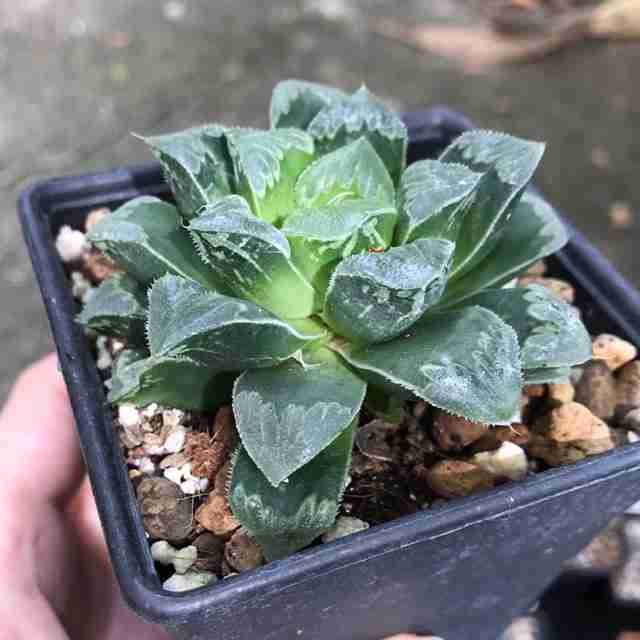

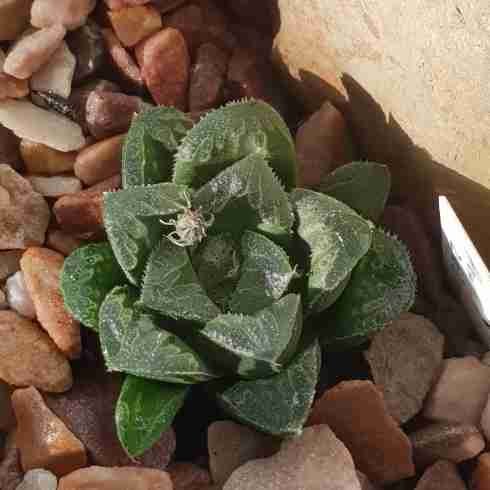
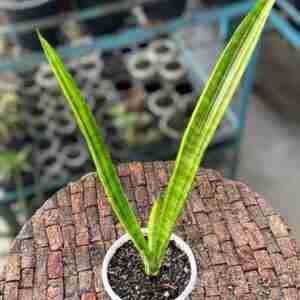
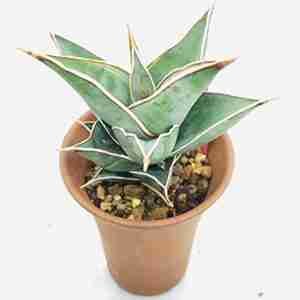
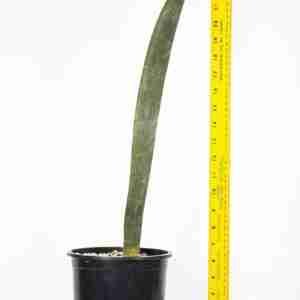
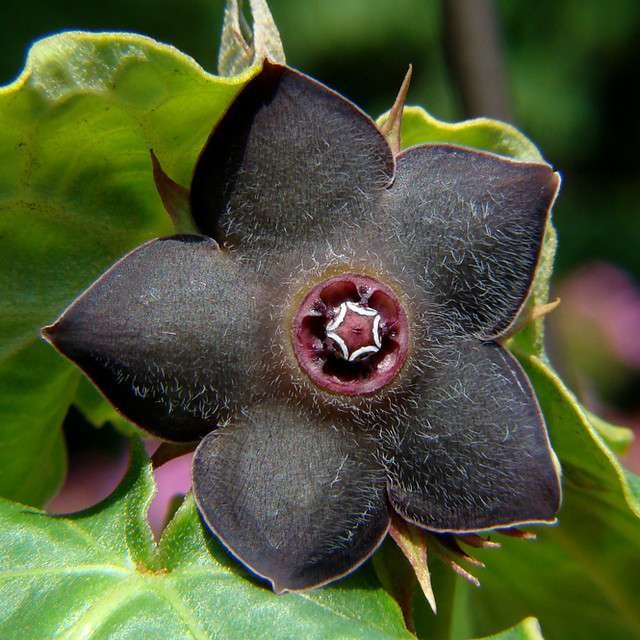
Reviews
There are no reviews yet.